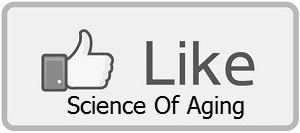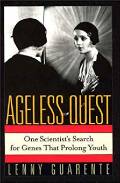The 1600s - Explaining Life before Cell Theory
Who:When:January 01, 1600
Your life starts as a single cell that divides until your body is composed of over 10 trillion cells.1 Cells work for you by capturing and expending energy, creating your organs, and fighting disease.
| "Spontaneous Generation stated that all life arose abruptly from inanimate matter." |
With our current knowledge, it seems impossible that anyone would form such a theory, but scientists in the pre-1600s observed maggots appear from rotting meat, mold growing on food, and mushrooms sprouting from dead trees. The observational evidence for life spontaneously occurring existed.
| "The invention of the microscope signaled the beginning of the end for spontaneous generation." |
The invention of the microscope signaled the beginning of the end for spontaneous generation. However, observations from the microscope were first interpreted to support the theory. When scientists found bacteria on the carcasses of dead animals they concluded that it was just more evidence of life occurring without antecedent.
Old theories die hard and new paradigms are impeded by the resistance of prior understanding, or intuitive thought, that comprises our conscious interpretation of the world. It would take two hundred years of microscopic observation before Cell Theory supplanted Spontaneous Generation.
References




